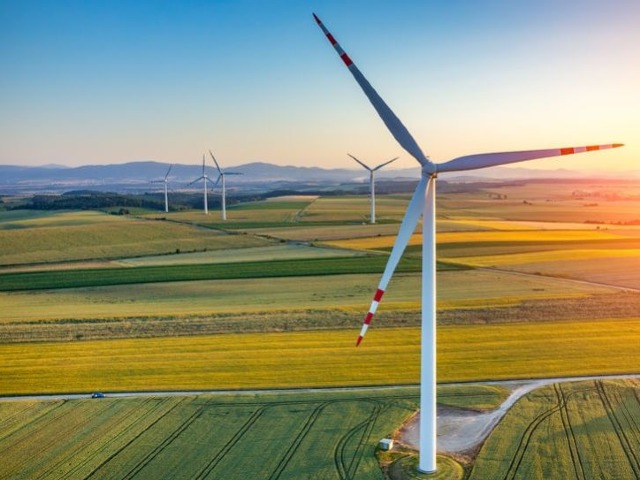Which Energy Projects Get Financed and Why?
| Datum: | 10 december 2021 |

‘ Sustainable’ entrepreneurial firms – that is, entrepreneurial firms focused on ‘green energy’ and ‘clean technology’ – are driving the energy transition. And access to capital is the biggest challenges that they face. About 70% of their funding comes from venture capital (VC). And so, it could be said that to have an energy transition, we need to understand how VC works.
Two features of VC investments in renewable energy projects are interesting. First, VC firms invest in rounds, meaning that the investment decision is not once-off. In fact, it is a series of decisions, taken over a period of 5-7 years. Financing after the initial round is known as ‘follow-on financing’. Because the size of the investment and the levels of risk associated with it increase across the rounds, the number of projects that receive follow-on finance tends to decline across rounds. In our data, only 50% of the ventures that receive first round financing receive follow-on financing, and only 25% secure follow-on financing in or after the fourth round. Second, VC firms tend not to invest alone. In fact, as much as 90% of VC firms co-invest, or ‘syndicate’ with other VC firms, 50%-70% of all VC investments in entrepreneurial firms are syndicated and, according to our data, 75% of follow-on investments in the renewable energy industry are syndicated. Syndication allows VC firms to share risks and to reduce uncertainty, but it also allows the firm to build relationships and create connections.
Ok. So what does this mean? It means that VC firms, offering follow-on finance, are increasingly embedded in a syndication network. Network research tells us that the firms position in its network affects its performance. And so we built a sample of 760 VC investments, made by 333 VC firms, in the Chinese renewable energy industry in the period 2006-2018, to consider if the VC firms position, in its network, explains which energy projects receive follow-on financing through syndication, which do not, and why.
We find, first, that a simple count of the number of co-investment projects that the VC firm has positively affects the probability that the entrepreneurial firm receives follow-on finance. More connections, and more interactions, we argue, builds trust and provides access to information, both of which reduce investment uncertainty. Second, we find that the ‘distance’ between two VC firms negatively affects the probability that the entrepreneurial firm receives follow-on finance. Shorter distances, we argue, improves ‘information reachability’, which, again, creates trust and further reduces risk and investment uncertainty.
So, again, what does all of that mean? It means that whether or not a sustainable entrepreneurial firm gets financed is, in part, explained by the social network of the VC firm that is investing in it. The firm has direct control over which VC it does business with, and so the implications from our study is that managers, of a sustainable entrepreneurial firm can increase their chances of succeeding, by ensuring that they work only with experienced VC firms, that are well-connected, and well-respected, by their industry peers.
References:
Zhang, R., McCarthy, K.J., Wang, X. and Tian, Z., 2021. How Does Network Structure Impact Follow-On Financing through Syndication? Evidence from the Renewable Energy Industry. Sustainability, 13(7), p.4050
Author: Killian McCarthy - k.j.mccarthy rug.nl
Author: Ruling Zhang - Former Visiting PhD Student at the IM&S Department, current PhD Student at Donghua University, China

